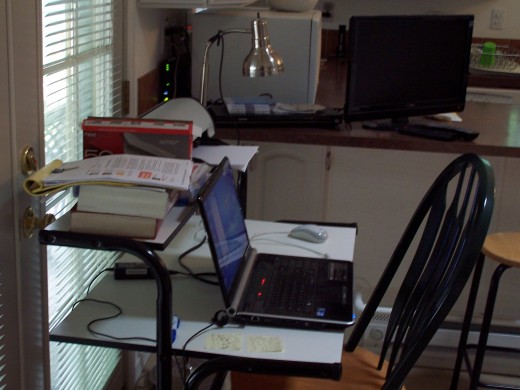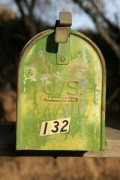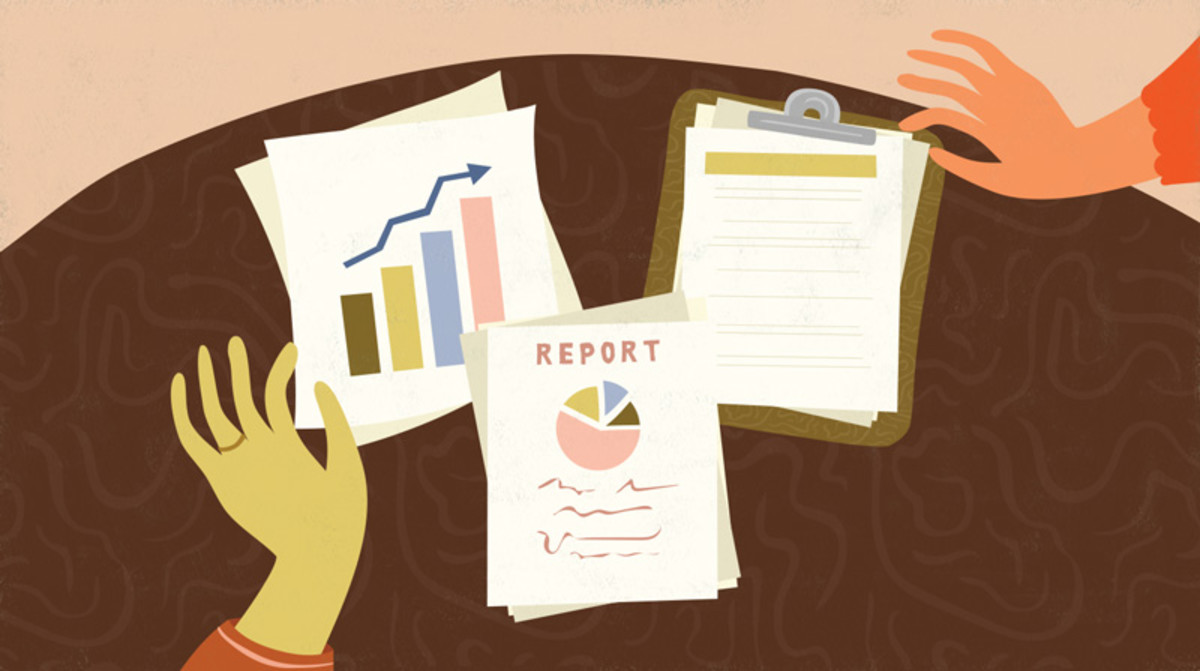How to Write a Cold-Call Email to Attract Customers
For Sha
My friend Sha (Bravewarrior on HubPages) asked a question, and from that question comes an article. Here’s the question that started it all:
“I found this very helpful, Bill. Can you give us an example of the emails that landed you clients? Although I have no trouble writing good content, I seem to fall short when I'm introducing myself and offering my services. Am I too pushy? Am I tooting my own horn?
I've read that the best way to land clients is to show them a problem they're having and offer the solution. That way you don't come off as "please hire me; I need the money" but rather as a problem solver. I think this is where I get hung up.”
Sha is referring to an article I wrote last week about building your client base, and in that article I mentioned that I had sent cold-call emails to a number of real estate companies in my area, offering to ghostwrite their real estate blogs for them. From these emails I gathered in some nice business.
My experience is that Sha is not alone. Writers tend to be solitary people. Going out in public is, at times, painful for a writer. Face-to-face interaction with business people is like a trip to the dentist for many writers. I’m not sure why that is, but I do know it is true for many.
Thus, the cold-call email.
Cold-calling does have its drawbacks, but we aren’t here today to talk in negatives. Let’s instead discuss the positives of cold-calling, and then I’ll show you how to do it.

Advantages of Cold-call Emails
The first advantage, and one that should appeal to many freelance writers, is that you never have to leave your home to contact customers. For those who have transportation problems, or who break out in a cold sweat when forced to go out in public, the cold-call email is the only way to go.
Cold-call emails can be tailored for the individual you are sending it to, and in fact it is advised that this be done.
Cold-call emails are not intrusive, or at least they are much less intrusive than a face-to face meeting. Customers can read your email at their leisure, when they have time, and this means there is less of a chance that they will be hostile towards you and your message.

Key Sections of a Cold-call Email
Now let’s talk about what should be included in your email.
- Begin with the recipient’s name. It is vitally important that you personalize your communication with a prospective customer. Open with the customer’s name and include it in the subject line of your email.
- Build rapport in your first sentence. Try to find a commonality with the customer. Perhaps you went to the same school, or perhaps you belong to the same organization. Finding something in common means your message won’t be coming from a complete stranger.
- Use a personal tone. Nobody likes receiving an impersonal, generic message from someone. Remember that clients are people too, so try to speak as though you are friends and not simply a stranger looking for business.
- Point out the benefits of your service. Tell your contact how you can help their business. Remember, your writing is your product, so how can your product benefit your client. This might be helping them to make more money, or solving a business problem; whatever the case may be, point it out to them and don’t be afraid to state the obvious.
- Short but sweet will win the day. Business owners and managers are busy. Follow the K.I.S.S. Principle. Keep it short and sweet; no longer than one page.
- Tie the message to their needs. Clients don’t want to read about you and your company. Keep the focus on their needs and not yours. How are you going to help them?
- Finish with a request. Always leave the door open for a future meeting or conversation. You want the prospect to take some kind of action after reading your email, so end with a request. Can we meet in the next week to discuss this opportunity? Can I give you a call tomorrow? Be specific with your demands.
An Example
Now let’s take a look at a good cold-call email. For this example, I’ll use a template that I used last year when contacting local real estate companies in my area.
Hello Bob!
I was discussing the market with an associate of yours, Dale Hubbard at ABC Realty, and he suggested I get in touch with you. He and I collaborated on some work for his website, and he thought my services would be advantageous for you as well.
Here’s the thing, Bob: you are a professional real estate broker, and judging from your track record, you are very good at what you do. My neighbor, Alan Jeffries, purchased a home through you, and he has nothing but good things to say about your professionalism. You obviously understand the market and you use that knowledge to help your business and your customers.
I do the same thing, Bob. I am a professional freelance writer, and my job is to make your website flash “success” to those who see it. My words, and my search engine optimization expertise, will bring customers to you, and your expertise in sales will deliver the goods. It is a perfect partnership, and I would love to discuss it further with you next week. How about I give you a call next Monday and we can talk about various approaches that will put you in position for further success?
Sincerely,
Bill Holland
Professional Writing Services
360-878-1757

Let’s Review the Letter
Was it short? Yes!
What it personal and friendly? Yes!
Did I point out how I could help him with his needs? Yes!
Did I finish with a request? Yes!
Did I establish a rapport? Yes!
Mission accomplished!
Of course, this template will have to be adjusted depending on the type of business you are contacting, but you are all professionals and I have no doubt you can do it without further help from me.
I hope that’s helped you. If you have further questions, feel free to contact me and we’ll find a solution to your individual needs.
2014 William D. Holland (aka billybuc)
“Helping writers to spread their wings and fly.”










